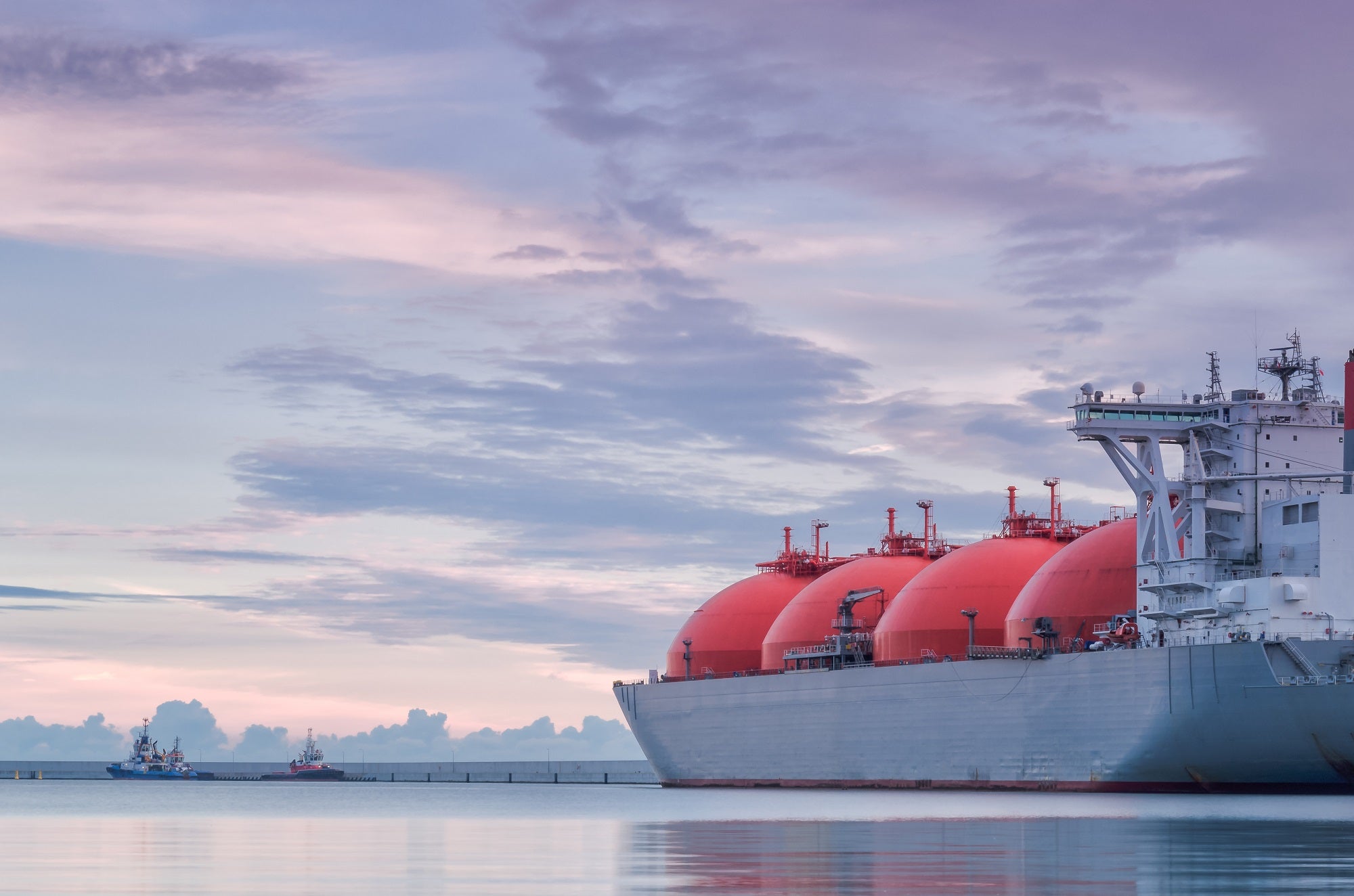
State-owned Oman LNG has signed two binding term sheet agreements to supply over 1.5 million metric tonnes per annum (mmtpa) of liquified natural gas (LNG), reported Oman News Agency.
Under the agreement, Oman LNG will supply 0.8mmtpa of LNG to Shell International Trading Middle East for ten years beginning in 2025.
The remaining 0.75mmtpa of LNG will be supplied to OQ Trading for a period of four years, with the contract expected to begin in 2026.
OQ Trading is the global commodity and energy trading unit of the Government of Oman.
With the deal, Shell International Trading Middle East has become Oman LNG’s biggest off-taker beyond 2024, the LNG supplier said.
In January this year, Oman LNG and Shell’s unit signed a 0.8mmtpa LNG offtake agreement for a duration of ten years starting in 2025.

US Tariffs are shifting - will you react or anticipate?
Don’t let policy changes catch you off guard. Stay proactive with real-time data and expert analysis.
By GlobalDataOman LNG CEO Hamed Al Naamany said: “The term sheet agreements contribute to global energy security and sustain our position as a trusted supplier of reliable energy, where it facilitates business opportunities, and complements our objectives to establish partnerships and add value to the local economy.”
Shell senior vice president and country chair of Oman Walid Hadi said: “We are proud that we will now become Oman LNG’s largest LNG purchaser as well as its largest private shareholder. This additional off-take term sheet signifies our deep commitment to continue pulling on all levers of Oman’s energy system to address the pressing trilemma of sustainability, affordability, and security.
“Simultaneously, it serves as a pivotal step in the evolution of our hydrocarbon enterprise, steering it toward a future characterized by both low carbon emissions and financial viability.”



